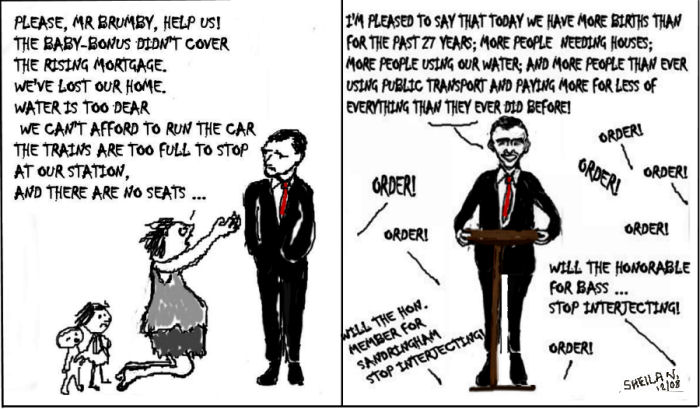
It is as if the people who managed to get into Victoria's Parliament don't realise that the Electorate can read transcripts of everything they say and do. On 2 December bi-election neophyte, Ms Kairouz, feeds the Premier the questions and Brumby makes fools of all of us:
SOURCE: http://www.parliament.vic.gov.au/downloadhansard/pdf/Assembly/Jul-Dec%202008/Assembly%20Jul-Dec%202008%20Daily%202%20December%202008.pdf
QUESTIONS WITHOUT NOTICE
Tuesday, 2 December 2008 ASSEMBLY PROOF 3

Picture: Mr Brumby & Ms Kairouz, who narrowly beat Les Twentyman (Independent) in a bi-election in June 2008]
Population: growth Ms KAIROUZ (Kororoit)
- I refer to the government's commitment to making Victoria the best place to live, work and raise a family, and I ask: could the Premier inform the house of how the government is planning for Victoria's future, with Melbourne expected to reach a population of more than 5 million people by 2036?
Mr Brumby's rhetoric on Victoria's population predicament
Mr BRUMBY (Premier) - I thank the member for Kororoit for her question. As we all know, Melbourne is renowned for its livability and affordability. We are now in the midst of a population boom, which is the largest in the state's history. It is a population boom that is larger than the population growth of the postwar years and larger than the gold rush years of the 1850s.
By the way, just today - totally coincidentally - the ABS (Australian Bureau of Statistics) released its June 2008 population growth figures. They show Victoria's growth over the last year at 1.8 per cent. The national growth rate was at 1.7 per cent.
Of course it is a huge contrast with the figures of some years ago. We recall the figures of the 1990s, when Victoria was losing population in vast numbers to other states.
This morning, with the Minister for Planning, I released Melbourne @ 5 million - a planning update that delivers on our commitment to prepare the longer term plans for Melbourne. The population data we released today in Victoria shows that Victoria will grow by
2.3 million people between now and 2036, with something like 1.8 million extra people expected to be living in Melbourne. The policy released today refines the key directions of Melbourne 2030 to ensure that we can accommodate an additional 600 000 dwellings in Melbourne over the next 20 years.
Because our population is ageing, because the baby boomers are ageing, the rate of new dwelling construction and approval will grow at a faster rate than the rate of population growth. Our record in terms of livability and affordability was confirmed again yesterday. The Real Estate Institute of Victoria survey of housing affordability showed again, I am proud to say it, that Victoria is the most affordable capital city on the eastern seaboard for those who are looking to buy a home.
That comes as no surprise when you consider the generous assistance packages that we have on offer to first home buyers in Victoria. It comes as no surprise when you think of the off-the-plan duty concessions we provide; and when you think of the pensioner stamp duty concessions, which are the most generous in Australia.
There are a number of features of Melbourne @ 5 million. Firstly, through Melbourne @ 5 million we move from a single node city to a multicentred city, so there will be central activity districts in Box Hill, Broadmeadows, Dandenong, Footscray, Frankston and Ringwood.
We will also be promoting very strongly three major employment corridors across Melbourne. We are also preparing a development strategy for the Werribee employment precinct to unlock employment in the west.
The second feature is the review of the city's urban growth boundary over the next nine months. That is to accommodate 134 000 of the 600 000 new homes outside the current UGB. Thirdly, there are the native grassland reserves, where we are working with the federal government to establish two reserves near the Wyndham growth area. This will be a significant improvement on the practices which have been in place in the past.
We are also ensuring that we have the right infrastructure for our communities, with significant investment occurring in the areas of health, education and, course soon to be announced, transport.
The previously announced state infrastructure contribution has been significantly reformed and modified as part of this announcement for new land brought inside the UGB as proposed today for inclusion in 2009. We will pay a contribution of $95 000 a hectare, reflecting the windfall that occurs from the rezoning of that land and bringing it in from the UGB; and secondly, for land that was bought within the UGB in 2005, that charge remains at $80 000 a hectare, the same as was announced at that time.
I am pleased to say in terms of housing affordability that the government has decided to remove the contribution for land that was already within the UGB in 2005, and that will save something like $546 million in costs for more than 60 000 new homes that will be built within the existing UGB boundary. At a time when affordability is so important, notwithstanding that Melbourne is the most affordable capital city on the eastern seaboard, this is a very positive initiative.
Finally, the funds raised through the infrastructure contribution will average around $60 million a year, of which $30 million will be directed to state infrastructure in those areas, and of the remaining amount, the bulk will be devoted to a new growth areas development fund from which councils in the growth areas will be able to apply for funding for infrastructure projects in a way that is very similar to the Regional Infrastructure Development Fund.
This package today is all about affordability, livability and sustainability. It confirms our city and our state as the best place to live, and it will of course be reinforced next year when we release our regional statement, the preparation of which is being overseen by the Minister for Regional and Rural Development, the member
Public Transport
Public transport: government performance Mr MULDER (Polwarth) — My question is to the Premier. Given that the Premier has previously blamed the problems in public transport infrastructure on Jeff Kennett, John Howard, population growth, petrol prices, Connex and now the Rudd government, at what stage does the Premier actually take responsibility for the public transport chaos in Victoria?
Mr Brumby's ripost on Public Transport
Mr BRUMBY (Premier) — I thank the honourable member for his question, and I am proud to say that our public transport system in Victoria is carrying more passengers than it ever has in its history — by a long way. Our rail system alone is handling 201 million passenger movements this year. That is the highest number of movements in the history of our state. It is more than in the post-war migration years and considerably more than in any recent decade. We are carrying that number of passengers because we have made investments in the system. Before the end of the year we will be announcing further investments so that we cater for the strong growth that is occurring in our public transport system.
The honourable member who asked the question referred to a former Premier from the 1990s. Our system today is carrying well over twice the number of passengers that it was carrying in the 1990s, and we are doing it because we have made investments in the system and because we have strong population growth and a strong economy.
Just in the last year — since 30 July 2007, when I became Premier — we have purchased 50 new V/Locity carriages and committed to the $501 million north-east revitalisation project with the Rudd government, which is the biggest rail project in country Victoria in decades. Also, we have launched the new timetable with over 633 extra train services a week. We have rolled out the early bird scheme. We have purchased eight extra new metro trains, which brings the total order to 18.
We have opened the new electrified line to Craigieburn; with new stations at Roxburgh Park and Craigieburn, Tuesday, 11 November 2008 ASSEMBLY 4459 and we have added new services at Craigieburn. We have rolled out new bus routes between North Melbourne station and Grattan Street and the Royal Melbourne Hospital. We have upgraded the St Kilda Road tramway.
In the 2008–09 budget we announced a $794 million infrastructure boost to improve public transport. There was $275 million for improvements at Laverton, Westall and Craigieburn; $3 million to upgrade Prahran and Windsor stations; $10.4 million for design works for the extension of the Epping line to South Morang; $32 million for around 1700 new car parking spaces at 10 stations and the upgrading of Noble Park station to premium status; plus $14.7 million to expand bus and coach services to South Gippsland and the Bass Coast; $254 million for the maintenance of country rail lines; and $64 million to boost the NightRider service.
All these things represent the most significant investment we have had in public transport in this state.
What we are endeavouring to do is turn what has been a low-volume suburban system into a modern metro system. We will — — Honourable members interjecting.
The SPEAKER — Order! The opposition will cooperate!
Mr BRUMBY — As I have indicated on numerous occasions, before the end of the year we will respond to the Eddington report with the Victorian transport plan, and that will put in place the framework for the further long-term growth of our system. It will provide short-term, medium-term and long-term measures and create in Melbourne and across the state a transport system which is the best in Australia.
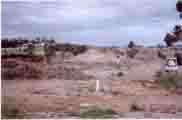

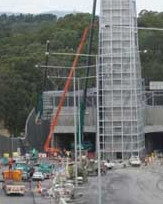
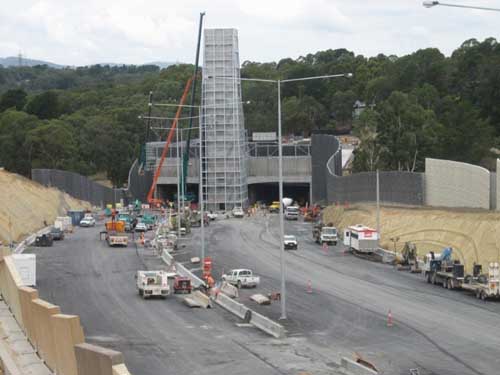
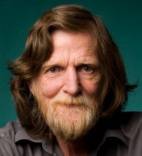



Recent comments